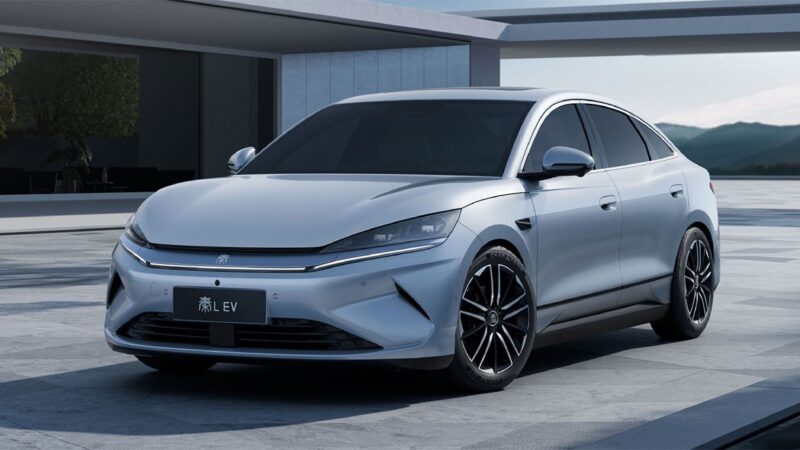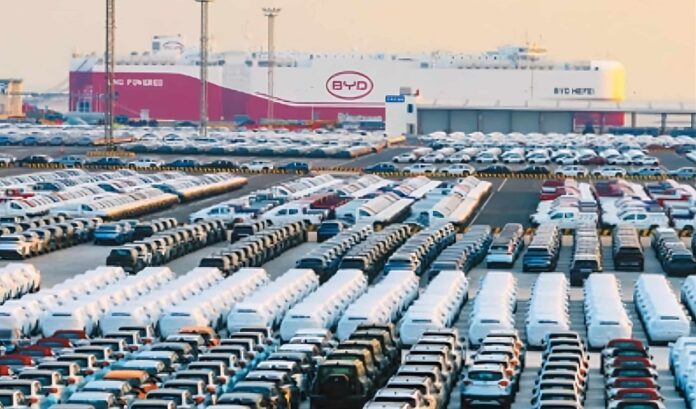BYD’s latest RoRo ship, Changsha, is set to undock by the end of April, marking the company’s fifth vessel. This will be BYD’s second ship that is capable of transporting 9,200 vehicles at once, following the BYD Shenzhen. The Changsha measures 219 meters in length and is powered by a dual-fuel system using Liquefied Natural Gas (LNG) and conventional fuel.

BYD has accelerated the expansion of its shipping fleet since 2024. The first car carrier, BYD Explorer 1, was officially delivered in January 2024, followed by additional vessels to fill capacity gaps. According to BYD officials, they expect to launch four more carriers before 2026. By that time, the total fleet capacity will reach 67,000 vehicles.

From a strategic perspective, BYD’s self-built vessels can significantly reduce shipping costs. Due to a global shortage of car carriers, logistics expenses have surged. In 2024, international vessel rental rates can reach 150,000 USD per day, leading to a per-car shipping cost of approximately 9,800 yuan (around 1,400 USD). In comparison, BYD’s domestic profit per vehicle in 2023 was only about 9,000 yuan (1,200 USD). While its overseas profit per vehicle is above 5,000 USD.

With its own operated fleet, BYD can reduce per-vehicle shipping costs to 5,600–7,000 yuan (800–1,000 USD), which is a 30%–40% decrease compared to leasing vessels. Based on an estimated export volume of 500,000 vehicles in 2024, by building its own ships, BYD could save the company approximately 10 billion yuan (1.4 billion USD) annually.
In 2024, China’s total vehicle exports reached 5.859 million units, marking a 19.3% increase compared to 2023. Among the top ten automakers in vehicle exports, BYD, with 433,000 units shipped—achieved the highest 71.8% growth rate compared to 2023. Chery still holds the first place, shipping over 1.14 million cars aboard. The second place belongs to SAIC, which shipped 0.92 million units in the year 2024.
Source: Weibo


